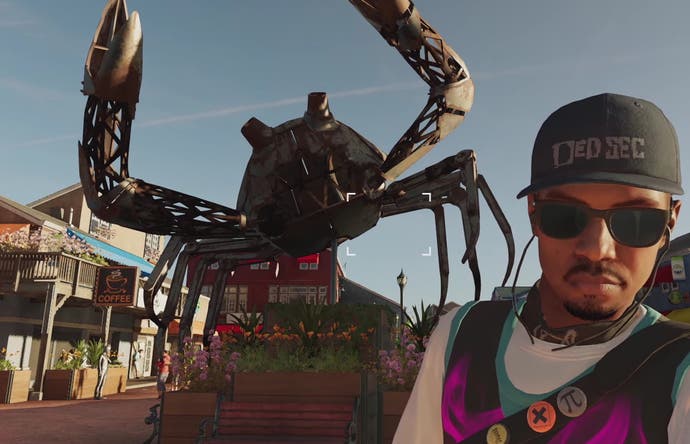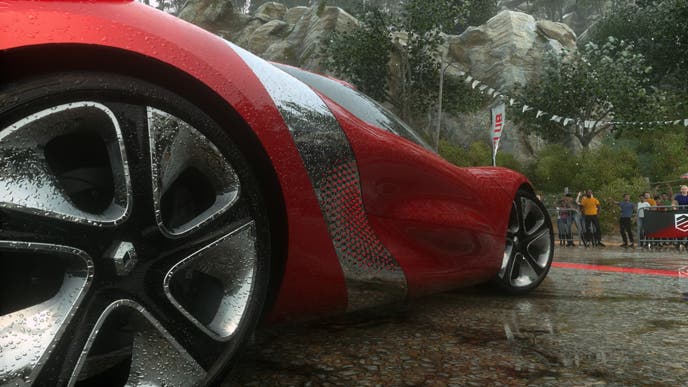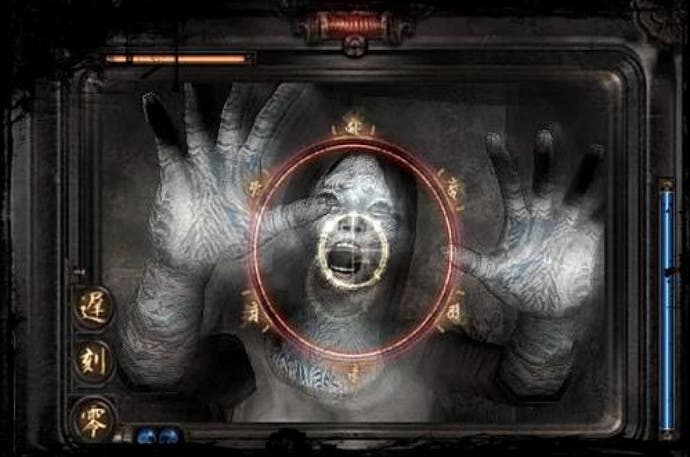The art and joy of video game photography
Snap happy.
Did you know that in 2015 more people died while taking selfies than were killed in deadly shark attacks? I don't know how many people typically die in deadly shark attacks each year, and I've wasted enough of Google's time this week to bother finding out, but it makes for a snippy tabloid headline, or barstool factoid -- providing nobody asks too many follow-ups. Like a furious and lonely baby boomer in a Daily Mail comments section, I'd be tempted to judge the unfortunates behind the statistic were it not for the fact that, earlier this week I fell out of a tree while trying to photograph bird eggs.

Zelda: Breath of the Wild is a game of kaleidoscopic delights and diversions. But none has grabbed me with quite the force as the Hyrule compendium, an encyclopaedia that Link must fill with photographs of every distinct creature, foe, flower, fruit, weapon and chest in the game. There is a sticker album-like appeal to the occupation, of course: you gotta capture 'em all. But there is also a layer of creative expression to the endeavour. The precise image that you take of the horse, mushroom or hoe is the one that's added to the compendium. In this way, the game appeals not only to the completionist, but also to the perfectionist. Now, when facing up against a Hyrulian monstrosity, my first thought is not, 'Which sword should I use', but rather, 'To which spot should I lure the beast to make the best use of the light?' In 2017, in my game at least, more Links have died taking compendium shots than in encounters with sharks (and not only because the sharks in Hyrule are talkative, handsome and kind).
This trick of mechanising digital photography in videogames has become ever more fashionable since Pokémon Snap first asked us to snap a Charmander while riding a rollercoaster through the countryside. One of the best additions to Nintendo's recent handheld remake of Dragon Quest VIII, for example, is the character Camera Obscura, who commissions you to take pictures while on your travels. Rather than merely snap a monster to fill an encyclopaedia, you're required to photograph them during specific idling animations. Obscura also encourages you to take pictures of particular landmarks, statues and pieces of architecture, and rewards you richly for doing so.
Final Fantasy XV goes one step further, by, for the first time in the series, filling your core party with a semi-professional photographer. The ADHD-riddled Prompto randomly takes selfies and landscape shots over the course of your adventure. Just as he improves at fighting, so Prompto improves at regulating the exposure, composition and angles of his shots. You can take on freelance magazine photography commissions in the game, and, by its conclusion, Prompto's reel of digital pictures provide a surprisingly affecting memento of the journey.

The capacity for taking handsome screenshots in games has expanded significantly in the past decade. When I first began reviewing games, I would have to drive for more than two hours to the magazine's offices in order to use the expensive kit (a PC with a fussy, arcane trails of cable that, with a tap of the space bar, could freeze-frame whatever was showing on the PlayStation 2 screen) needed to take console game screenshots. (In the truly olden days of video game magazines, an actual SLR camera was used, often attached to a black out cone, that stretched between its lens and the television's bezel). No more. Today the PlayStation 4 and Nintendo Switch both come with dedicated screen-capture buttons that allow anyone to capture a digital sunset, cloud formation, or explosive special move and, if they so desire, print it out and hang it on the wall.
A constellation of communities has been born around games such as Uncharted 4, where people compete and collaborate to take the most vivid images. Since the most recent patch to No Man's Sky, my social media feed has been studded with melancholic shots of planets wheeling against red skies, or of spaceships framed by colourful galactic phenomena. On one extreme, digital photographers like Duncan Harris, who once wrote for Edge magazine, have become career 'sharpshotters', opening up the hood to get at a game's engine in order to create the perfect screenshot (in his recent book The Bitmap Brothers: Universe, Harris pioneered some techniques in order to recreate the scan-lined beauty of the original games in print).
Many game developers now include accessible tools to take professional-looking shots in their games. In Gravity Rush 2, for example, a lavish new photo mode enables you to pose protagonist Kat in a variety of complicated positions anywhere that you spot a scene. A virtual tripod enables players to position the camera in front of the character and even to add items to the scenery from a well-stocked menu in order to add detail and accent. With a click of a button you can, for example, drop a pot plant or an armful of melons onto the ground.

Firewatch, meanwhile, takes a more anachronistic approach, limiting the number of shots you can take over the course of the game, and removing any tools that might allow you to control the look of these Polaroid-esque shots. Less can, it turns out, be just as effective as more in the context of video game photography. Thousands ordered physical copies of their snaps using a simple tool included after the end credits. We are tourists to every video game's foreign land, and the memories we make while there as potent and real as any holiday on terra firma. The urge to capture meaningful moments for posterity is elemental and, increasingly in video games, ably met.

